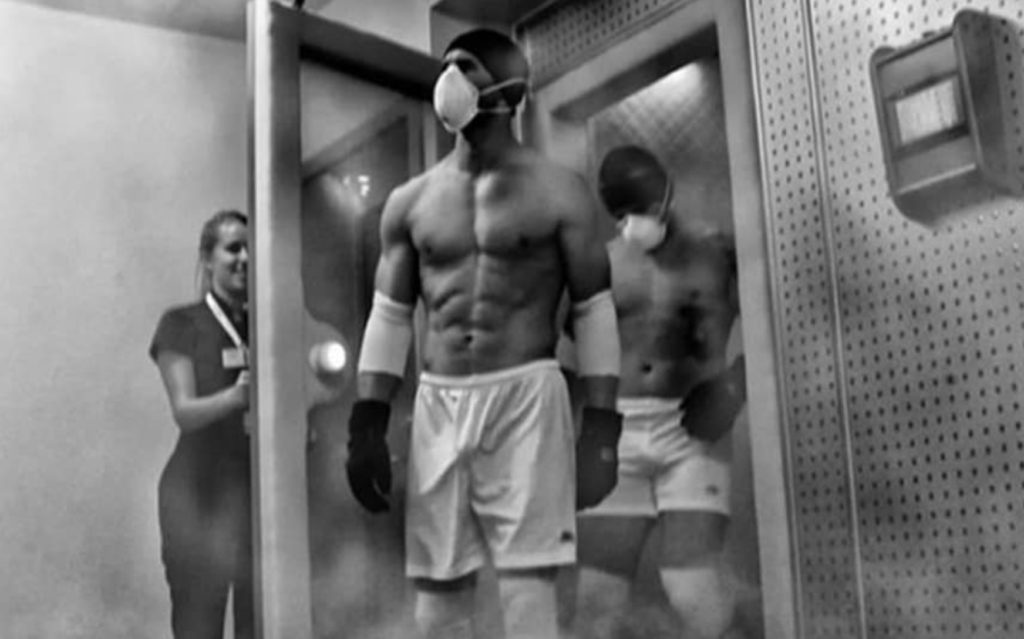
What is Cryogenic Therapy? Science or Hype
Whole Body Cold therapy has been around for a while, very popular amongst athletes. It is becoming more popular with the general public, and more and more cryotherapy treatment centers have been opening up…or at least, the treatment is increasingly being offered at regular spas and places of that nature.
The question is, whether this is the latest fad, or are there real tangible benefits to this treatment…science or hype? Let’s dig up some research and find out.
Cryotherapy: What is it?
Cryotherapy or whole body cold therapy (WBCT) involves submerging/exposing the most of the body to below freezing temperatures for a time period, typically between 2-4 minutes. This is done in a closed chamber, where the body is exposed to cold air or liquid nitrogen.
The first cryotherapy chamber was built in Japan in the 1970’s by by Yamauchi to help rheumatoid arthritis sufferers and by the 1980’s made it’s way across to Europe [1]. During the treatment, individuals usually wear shorts for males, and shorts and a crop top for females. Gloves, headband covering the ears, a nose and mouth mask, dry shoes and socks, are normal attire worn to prevent frost bite.
The Claims
Anti-inflammatory and analgesic effects
A 2011 study (n=11) compared a WBCT intervention to a control after a simulated (treadmill) trail run using high-level athletes. The results indicated that the WBCT was effective in re ducing the inflammatory process. It was suggested that this was due to vasoconstriction at muscular level, and both the decrease in pro-inflammatory cytokines activity and increase in anti-inflammatory cytokines [2].
ducing the inflammatory process. It was suggested that this was due to vasoconstriction at muscular level, and both the decrease in pro-inflammatory cytokines activity and increase in anti-inflammatory cytokines [2].
In a 2012 study, 12 randomized professional tennis players were subject to twice daily WBCT or no intervention during a 5-day training camp. The results showed a synergistic anti-inflammatory effect of moderate-intensity training and whole-body cryostimulation in the athletes vs the control group [3].
An analysis was done in 2017 of the most recent research on inflammation and the effects of cryotherapy from 2010-2017, by Lombardi et. al. Overall, the researchers found WBCT induces anti-inflammatory effects. It was consistently found that cold therapy stimulates the anti-inflammatory response of reduced IL-1β (pro-inflammatory) and increased IL-10, IL-1Ra (anti-inflammatory) [4]. It should be noted that the largest number of participants in any one study was 46 and the smallest was 11. So overall, small sample sizes.
Recovery
Muscle Recovery Two studies performed in 2012 and 2013, on the effects of WBCT on exercise induced muscle damage (EIMD). In the 2012 study, subjects were randomly assigned to a group receiving two 3-min treatments of -110 ± 3 °C or 15 ± 3 °C. The research examined muscle force recovery following eccentric muscle contractions. The results showed few differences between groups in terms of participants’ 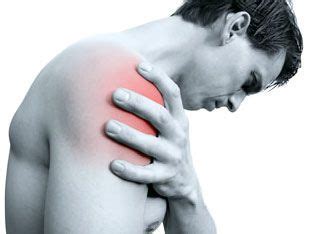 strength, power, and muscle soreness [5].
strength, power, and muscle soreness [5].
The test protocol for the 2013 study involved 3-min daily exposures to low temperatures (-140 to -19 °C) in the cryo-cabin. Subjects were tested for perceived pain sensation, and squat jump, counter movement jump, maximal isometric torque production, and maximally explosive isometric torque production. There was also little difference in strength and power between the control and WBCT group, however the WBCT group reported less muscle soreness [6].
In 2015, The Cochrane organisation, which is considered to be the gold standard for evidence based medical research, examined the research on delayed onset muscle soreness experienced after high-intensity or unaccustomed exercise. They looked at four studies up to 2015.
The results of their analysis was: “All four studies had aspects that could undermine the reliability of their results…..the currently available evidence is insufficient to support the use of WBC for preventing and treating muscle soreness after exercise in adults. Furthermore, the best prescription of WBC and its safety are not known” [7]
Performance Recovery Other studies investigated functional recovery and performance (actual sport vs lab tests). Studies in runners and elite tennis players showed improved recovery by WBCT subjects compared to controls, in strength, pain and subjective fatigue (runners) and shot accuracy (tennis players) [3, 8].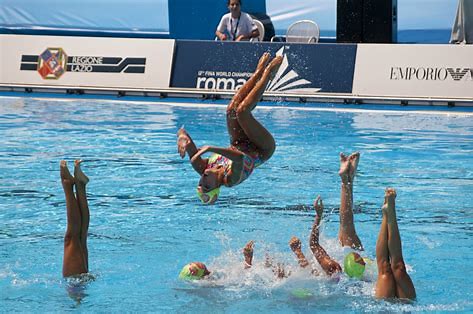
In one study of elite synchronized swimmers who performed 2 simulated competition ballets (intense swimming), researchers found few differences between the WBCT condition and active recovery (ACT), based on blood lactate and VO2max. However, both were significantly better than passive recovery [9].
Another study published in 2017, examined the effects of WBCT on 14 habituated English Premier League (EPL) academy soccer players. The players performed 15 × 30 m sprints (each followed by a 10 m forced deceleration) on 2 occasions. Within 20 minutes of exercise cessation, players entered a WBC chamber (Cryo: 30 seconds at -60° C, 120 seconds at -135° C) or remained seated indoors in temperate conditions (∼25° C). It was found that WBCT did not affect physiological, or perceptual measurements taken [10].
Increases Testosterone
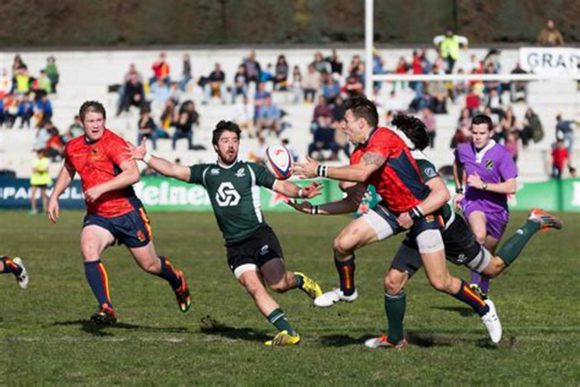 In a study of 25 professional top level rugby players, during a summer training camp, salivary steroid hormones were monitored. The players were given WBCT (−140°C, 3 min) twice a day for 7 days. The first before the morning training session and the second, after the evening workout. The result of the tests showed increases in testosterone and decreases in cortisol [11].
In a study of 25 professional top level rugby players, during a summer training camp, salivary steroid hormones were monitored. The players were given WBCT (−140°C, 3 min) twice a day for 7 days. The first before the morning training session and the second, after the evening workout. The result of the tests showed increases in testosterone and decreases in cortisol [11].
In the previously mentioned study of the EPL players, increased salivary testosterone was seen up to 24 h post-exercise. The treatment had no effect on cortisol [10].
In the 2012 study of 12 tennis players, participants were subjected to a moderate-intensity training program. The athletes were treated with the 5-day whole-body cryostimulation (-120°C) applied twice a day. The control subgroup participated in the training only. The results showed increases in cortisol levels, whilst testosterone levels remained stable [3].
Research on the effects of WBCT on a group of 16 kayakers was published in 2014. The subjects combined exercise with two daily WBC sessions during the first 10 days of a training cycle in preparation for the 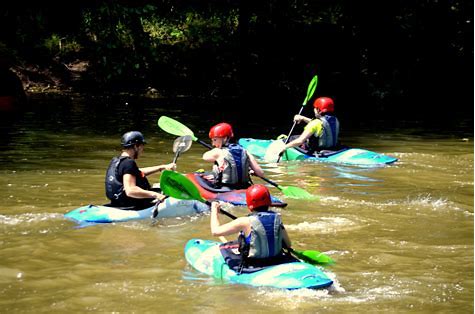 World Championships. The kayakers were subjected to WBCT (-120°C–145°C; 3 min) twice a day for the first 10 days of a 19-day physical training cycle. Blood samples were taken at baseline, and on Days 5, 11 and 19. Cortisol and testosterone were both stable [12, 13]. The problem with this study is that there was no control group, to see if there were changes in the cortisol and testosterone levels and if the WBCT ultimately prevents changes from occurring.
World Championships. The kayakers were subjected to WBCT (-120°C–145°C; 3 min) twice a day for the first 10 days of a 19-day physical training cycle. Blood samples were taken at baseline, and on Days 5, 11 and 19. Cortisol and testosterone were both stable [12, 13]. The problem with this study is that there was no control group, to see if there were changes in the cortisol and testosterone levels and if the WBCT ultimately prevents changes from occurring.
Summary
The one consistent outcome of all the studies performed, was that, whole body cold therapy (WBCT) reduced inflammation and pain. As for athletic performance, and effects on testosterone and cortisol levels…well, the results were contradictory.
In general, the studies examined had different testing protocols, time frames and cold temperatures for the WBCT. The sample sizes were also generally small. There were no comparisons to simple ice bath therapies to see if there were advantages/justifications for the more expensive WBCT method.
Overall, the research is not enough to say that WBCT is more beneficial than traditional ice bath therapies or particularly useful for recovery and athletic performance. This does not mean that it isn’t…it’s just that more studies, with a greater number of subjects are needed, to be tested over a longer period of time. If I wanted to do some cold therapy, I have a bathtub and some ice in the fridge…just saying…and money still in the bank.

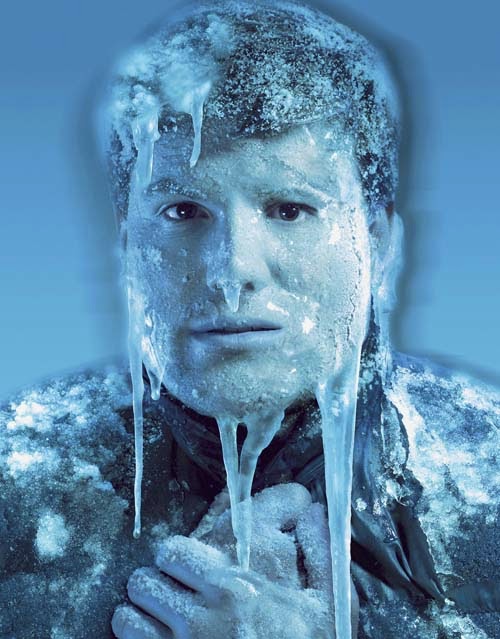
This is my first time of hearing about Cryotherapy. Reading through the post was quite an exhilarating experience because I love research, especially one that has to do with health issues. From all the research conducted, one can easily see that Cryogenic therapy works great in reducing inflammation while that of athletic performance is quite contradicting.
Thanks for making me know about cryogenic and what it is all about.
Thanks for writing this article on cryogenic therapy. I must commend you for a job well done for taking your time to do your findings and research on this. Actually this is my first-time of hearing about this therapy and the benefit.i really find this article so informative and educative. I will need to try this therapy and see how effective it is
Thanks for reading!
This cryogenic therapy sounds interesting and as you say they will have to do more studies to see if this cryogenic therapy really works. I was a soccer player for a long time and as you may know play as a striker, you suffer constantly from many hits and after games I ended very sore. My friend recommended me to do ice water bath , by doing this it help me tremendously.
, by doing this it help me tremendously.
Thank you for sharing this great information about this cryogenic therapy very interesting topic.
My pleasure.
You have given me a first time opportunity to know about cryogenic bath. I so much believe it because of the old therapy of using ice pack on swollen muscle, joints. Beyond its application on people involved in sports, I hope that further researches and tests will encourage the general use of this therapy. I appreciate you for this information.
My pleasure.
Very interesting read! I’ve never heard of cyrogenic therapy, but it seems like it has many health benefits. My grandmother has arthritis, which deals with inflammation of the joints. And she’d always tell me how cold weather exacerbated her pain. So it is quite interesting that cyrogenic therapy is thought to stimulate an anti-inflammatory response and help with pain. But it makes sense because cold therapy can provide a numbing and analgesic effect.
Thanks for sharing!
Interesting point. I’ll look into this further.
Cryotherapy is a concept that is really strange to me, because as someone from engineering background cryogenics his about lowering temperature of a substance. Now, when you lower the temperature of a body below the freezing point in engineering, lots of things could happen. Anyways, what do I know about cryotherapy except what I’ve read through your article? But from the little insight so far, it is something that will become widespread very soon because it is a natural remedy.
Hey there,
thanks for the great article- I found it to be very informative and helpful. Prior to reading this article, I didn’t know what is Cryogenic therapy, therefore I am happy that I’ve stumbled across Your article because I’ve learned a lot of new things today. As far as Cryogenic therapy goes, well I have to say- it definitely caught a lot of my attention and I would be more than happy to try it out one day for numerous reasons. First of all, the whole idea and concept behind exposing almost all of Your body to freezing temperatures seems very appealing to me, because I enjoy cold water and during winter time, sometimes I tend to jump in cold water for as short period of time. I absolutely love the feeling of rush & adrenaline that comes with it. I think Cryogenic therapy would suit me very well, because I do work out a lot and I do experience some muscle soreness from time to time and sometimes even pain, and one of the biggest & most important health benefit for me personally that comes with such therapy would be that muscle & performance recovery.
Keep up the great work and best of luck to You
Thank you so much for this article. This really interesting to me because I am an athlete. I know ice is the most effective way to reduce muscle pain. This is my first time I have heard about Cryotherapy. I would like to try this therapy soon. I would like to know recommend places to have this therapy. Appreciate if you could provide recommend places.
I don’t know any right now, but a quick google search in your location, with reviews, should help you on your way.
Thank you for this great and interesting post. I find it really captivating and easy to comprehend .inhave heard about the Whole body cold therapy a couple of times but I have not find any detailed explanation about it til when I stumbled on this post. Thanks for providing great insight about it,now I know all what WBCT is all about.
What is Cryogenic Therapy? Science or Hype? I had never heard of placing my whole body in a cryogenic chamber and doing it voluntarily. This is definitely an eyeopening site to the world of Cryogenics. It explains in detail how Cryogenic Therapy works for elite athletes of many disciplines. The idea of submersing the Whole Body in temperatures that are negative (maybe -100°c) would seem like a real wake up call, particularly if it was my body.. It’s called WBCT, (Whole Body Cold Therapy) a therapy where the whole body is submerged or exposed to below freezing temperatures for 3-4 minutes. Why should we do this to our bodies and what are the benefits and the effects of WBCT?
Here are 4 aspects to consider; 1. the positive anti-inflammatory effect. A study in 2017 showed a link between WBCT and the anti-inflammatory effect on the body. 2. the positive effect on performance recovery. Recovery was significantly better than just passive recovery. 3. an inconclusive effect on muscle recovery. 4. an inconclusive and contradictory result regarding the increase in testosterone and cortisol levels.
From the results of the above studies, it would seem that there is no definitive answer to this question, is it science or hype? WBCT may be no better than the traditional ice water baths and many more studies need to be undertaken to obtain better results. These include the testing on a much larger group of participants. As an elite athlete, WBCT maybe a way of you getting that winning edge over your opponents. Definitely worth consideration.
Hi Dave this reminders of the Swedish people who for many years have practiced an activity that includes sitting in a sauna and then going out and jumping in the snow. I imagine that would be quite a shock for the body.When you step into WBCT chamber is it already at the recommended temperature or does it go down to that temperature gradually.I also found it interesting that the cold would help to increase anti-inflammatory cytokines, since cytokines are molecules that help in stimulate the movement of cells towards certain areas. You would think that the cold would slow these molecules down not speed them up.i noticed that some celebrities have started to use this cold therapy and say they are having good results. Mark Wahlberg is one that uses it which is understandable since he always seems to be working out for his next action movie.How much would one of these treatments cost?
Could cost around $70/treatment…various centers have different packages.
I first heard of this form of treatment about 5 years back when the then captain of Liverpool FC, Steven Gerrard, needed to be fit for an important match, and they used cryotherapy for a muscle injury (successfully).
I’m wondering if this sort of therapy can cure any long standing pain – I have a back complaint from an injury I had about ten years ago – does this sort of thing work with back pain?
It won’t cure an injury…it helps with inflammation and can help with the healing process…you should consult with a doctor.
This is really interesting. As an athlete I have been exposed to ice baths I guess you call it by sitting in a tub of ice water up to my chest.
These were few and only lasted as you said about 3 minutes at a time. They did work though for inflammation, but I do have to say they were the most uncomfortable things I have ever done.
Glad you went with the cheaper alternative and it worked.